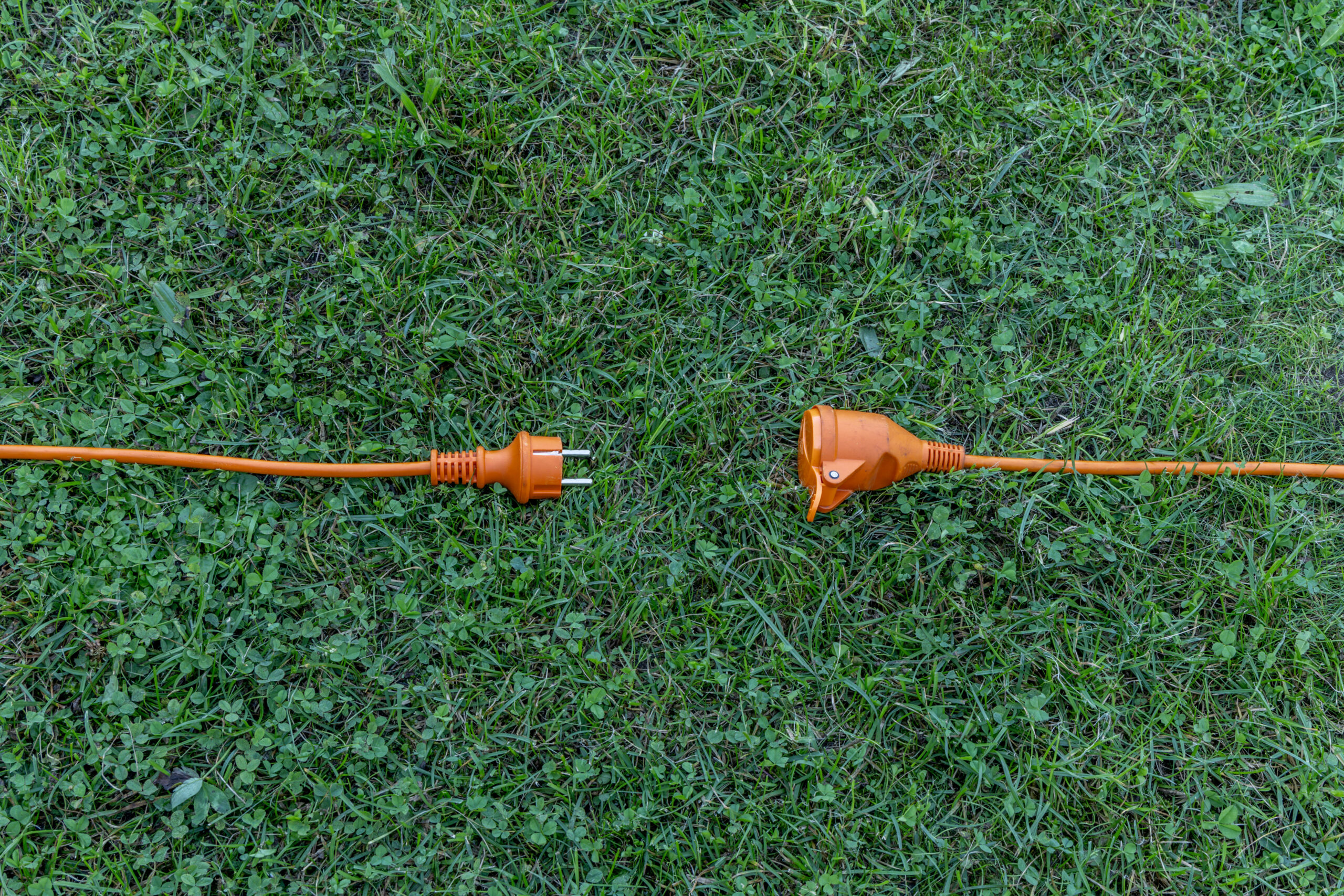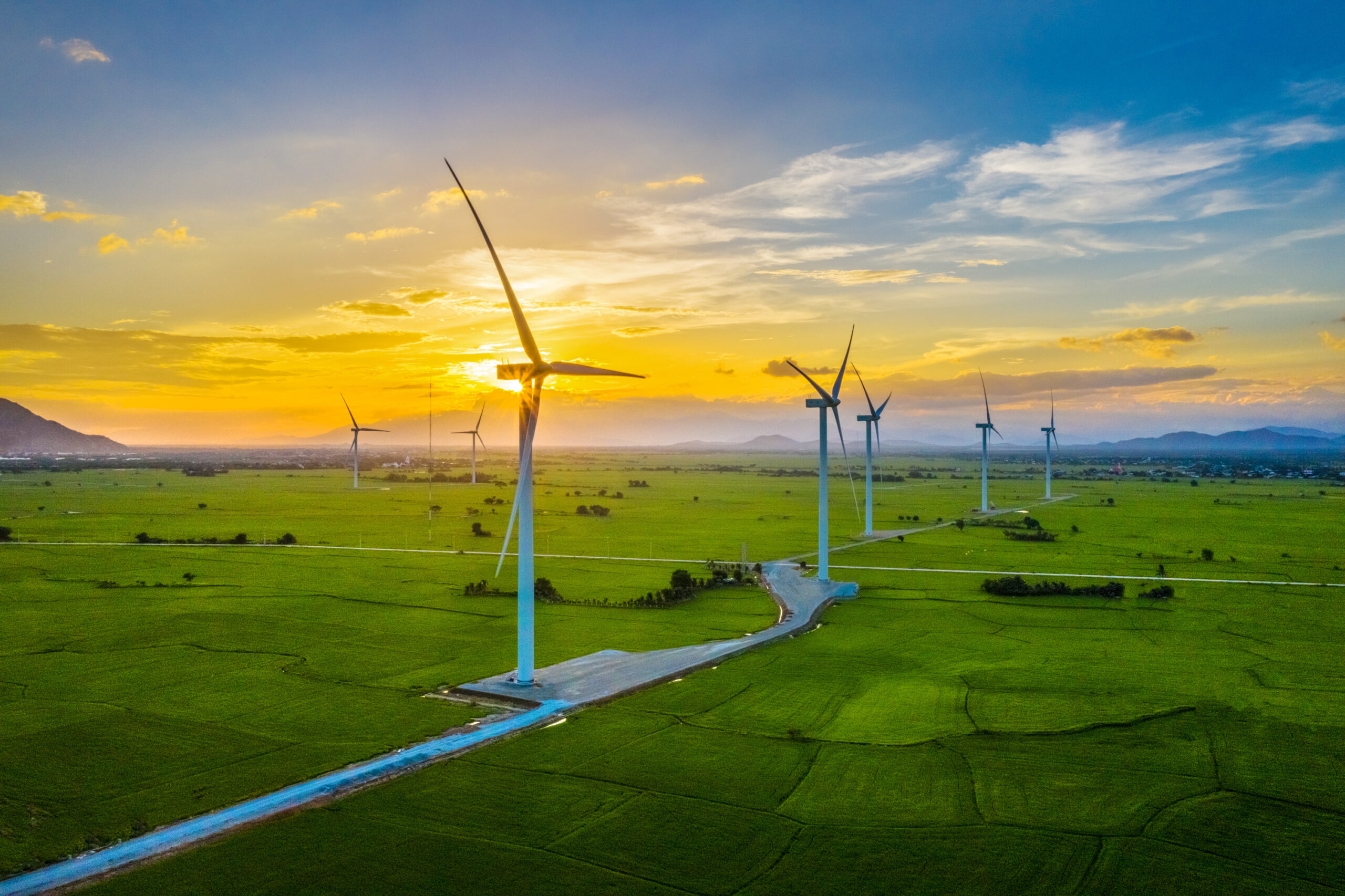Own Electricity
Rising grid procurement costs and falling EEG subsidies are making optimizing your own electricity increasingly interesting. acteno supports you with conception, modeling, optimization and measurement implementation.
What we do
acteno energy supports you in implementing your private or commercial electricity concept. As an independent measuring point operator, we can offer the following services for your own supply:
- Installation of measuring systems and, if necessary, integration of the measuring systems into the local control technology
- Development of an individual measurement concept that economically optimizes your own electricity use
- Consideration of the site-specific system configuration and individual wishes
- Inclusion of legal advice and auditing as required
- Coordination with network operators and external suppliers
- Implementation of the developed measurement concept including market communication as part of the measurement point operation
- Visualization of the collected measurement data in our customer portal
Together with our partners, we create your individual tenant electricity solution
- Analysis and individual advice
- Design of PV and storage systems
- Economic analysis
- Decision templates
- Planning
- regulatory and technical planning
- Construction
- Construction
- Integration
- Storage connection
- Electromobility
- Heat pumps
- Control technology / SCADA
- Financing
- Operational management of the facilities & Measurement service
- regulated measuring point operation
- Creation of measurement concepts
- Data transfer to market partners
- Energy management
- Procurement of remaining electricity quantities
- Surplus marketing
- Accounting
- Billing
- Energy industry billing
- Invoicing and dunning
- no transmission through a network
Economic potential

For self-supply with electricity from renewable energies and highly efficient CHP systems, according to Section 61b EEG 2017, only a reduced EEG levy of currently 40 percent has to be paid. Existing systems, i.e. older systems, are also often completely exempt from paying the EEG levy. There are also no network fees, network surcharges or concession fees that have to be paid for your own electricity. As a rule, the system operators also benefit from an electricity tax exemption in accordance with Section 9 StromStG. The cost benefits are summarized in the following figure.
